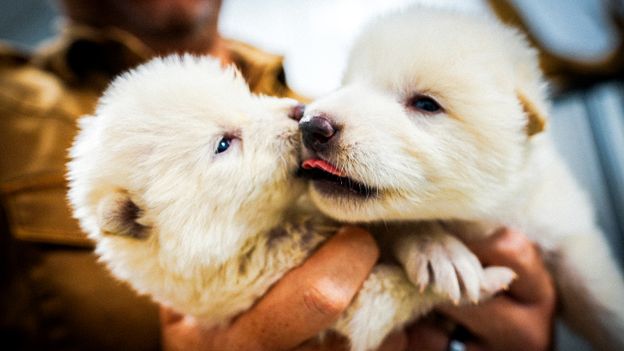Prehistoric Comeback: The Risky Science of Resurrecting Earth's Lost Giants

In a groundbreaking scientific breakthrough, researchers have successfully created three "dire wolf" pups, sparking both excitement and controversy in the scientific community. This remarkable achievement has ignited hope that de-extinction—bringing back long-lost species—might be more than just a distant dream.
The creation of these prehistoric canine embryos represents a potential turning point in genetic research, offering a tantalizing glimpse into the possibility of resurrecting extinct animals. However, the scientific world is far from unanimous in its enthusiasm. Prominent researchers have expressed serious reservations about the ethical and ecological implications of such a scientific endeavor.
While the prospect of seeing creatures that disappeared thousands of years ago roam the earth again is undeniably thrilling, experts warn of complex challenges. Reintroducing extinct species could have unpredictable consequences for existing ecosystems, potentially disrupting delicate environmental balances that have evolved over centuries.
Despite the concerns, the dire wolf project represents a fascinating intersection of cutting-edge genetic technology and paleontological research. As scientists continue to push the boundaries of what's scientifically possible, the debate surrounding de-extinction remains as complex and nuanced as the genetic processes themselves.
